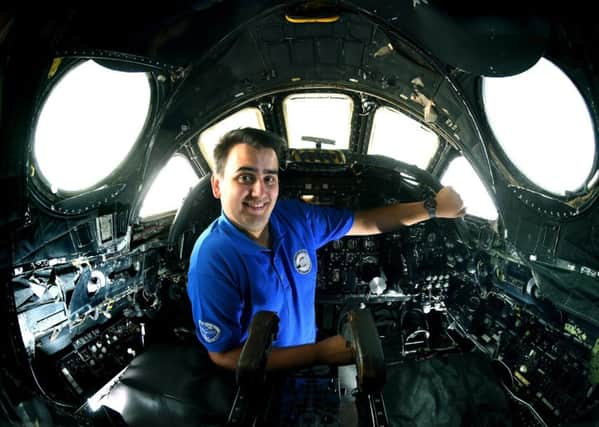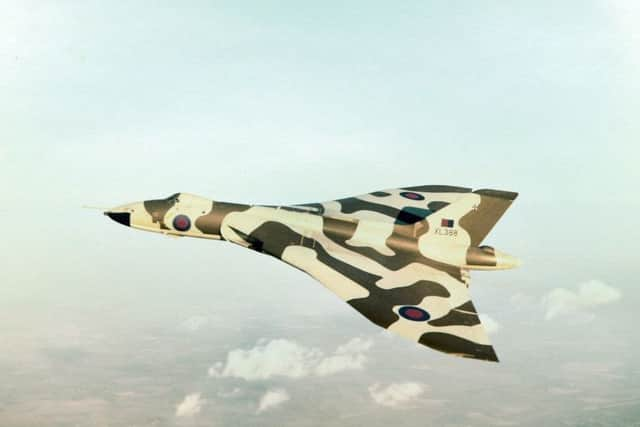Vulcan's new life, resting in pieces


Yet the nose cone of Vulcan XL388, one of the 136 four-engined nuclear bombers built for the RAF, was spared the scrapyard blowtorch. And yesterday, after years of neglect and decay, it began a new peacetime life as an attraction for families and children in a Yorkshire air museum.
It had been, said Eric Rawson, a volunteer with Vulcan to the Sky Trust, the organisation that helped to restored it, a close-run thing.
Advertisement
Hide AdAdvertisement
Hide Ad“The front was hanging down, it had split and it was covered in green mould,” he said. “It had been stood out on old oil drums for at least 12 years.”


The aircraft, which the RAF had named Mayflower III in the 1960s, had been scrapped in 1985 but its nose was bought by a collector in Suffolk and then cannibalised to provide parts for another restoration project.
Eventually, another collector moved it to Doncaster where, two years ago, it was bought by the South Yorkshire Aircraft Museum and a restoration process set in motion. Temporary scaffolding was erected to protect it from the elements as enthusiasts set about turning the clock back to its service days.
“We had to wash it down, sort out the corrosion, repair the holes and then reassemble the instruments, the stickers, the badges, the joysticks” Mr Rawson said. “It’s now in the same condition and painted in the same code as when it was flying, and visitors can step right inside.”
Advertisement
Hide AdAdvertisement
Hide AdAmong the weekend visitors to do so, and to give talks to others, was former Wing Commander Adrian Sumner, who flew Vulcans at RAF Finningley, seven miles away,
“We’ve had people from all walks of life coming to have a look,” said Sam Scrimshaw, from the Vulcan to the Sky Trust. “Former crew members, families, everyone seems to be interested.”
Only 10 years separated the Vulcans from the wartime Lancaster bombers – both having been designed and built by the Manchester-based Avro Aviation.
“When you think about it, it’s amazing how far they had come in those few years. It was a totally different technology – the world had moved on,” Mr Rawson said.
Advertisement
Hide AdAdvertisement
Hide AdXL388 had been delivered to the RAF in 1962, and went on to serve with all but two of its Vulcan squadrons. In 1982, she was flown for the final time and spent her last three years in crash rescue training.
Her restoration means that of only 19 surviving Vulcans – none of which remain airworthy – two are now in Doncaster.
The other, XH558 at Robin Hood Airport, was the last to fly, having also been restored by the Vulcan to the Sky Trust. It performed displays every season until three years ago, when it was grounded by aviation regulations.